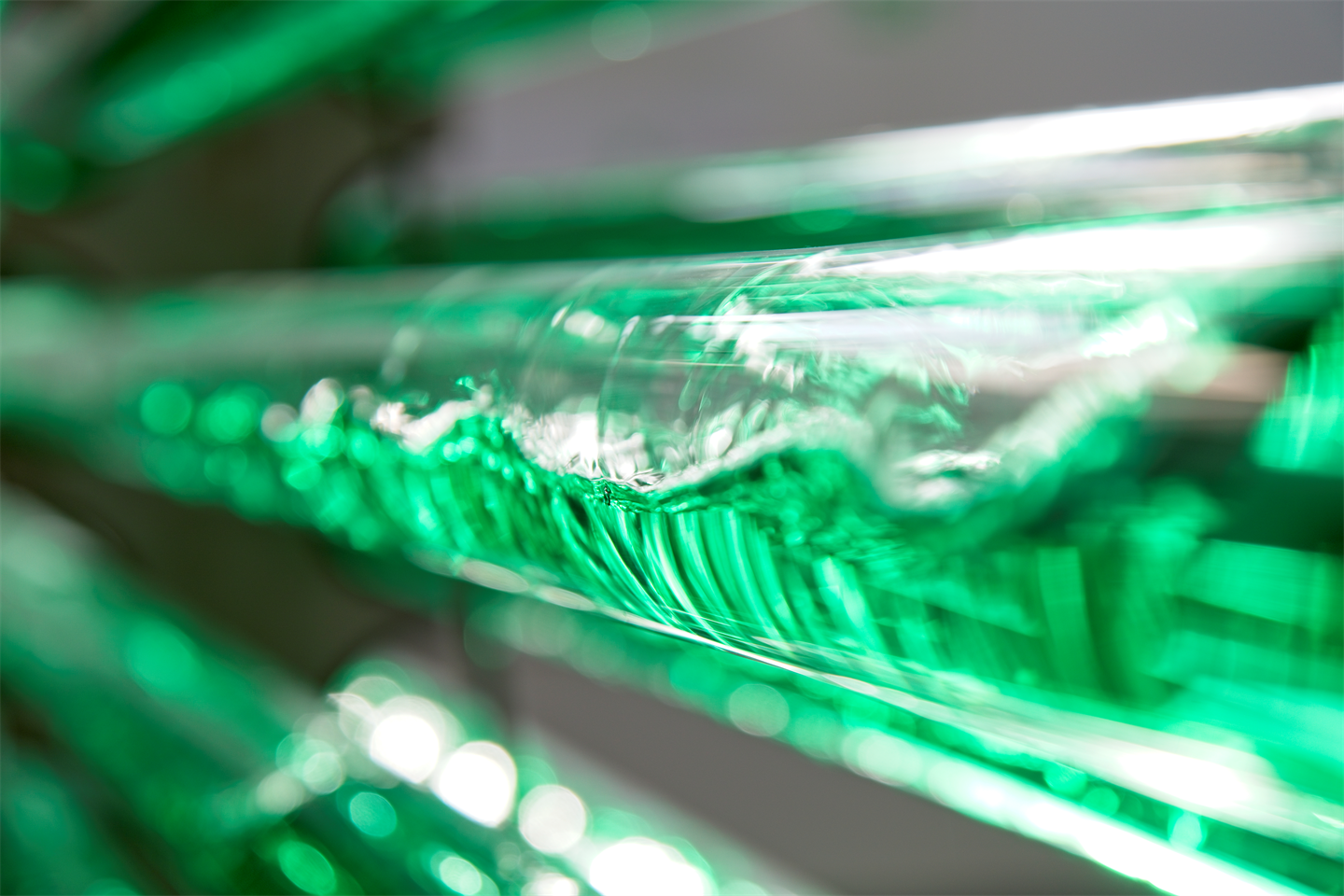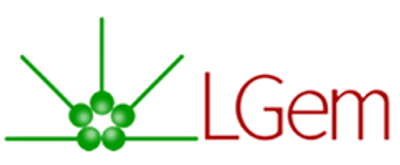

- Home
- Companies
- Lgem | Synalgae Brand
- Products
- Lgem logo - Algae: the resources of the ...
Lgem logo - Algae: the resources of the future
Algae form the fundamental component of food chains in global ecosystems. They hold a lot of resources and are fast becoming the go-to commodity for a sustainable future. Microalgae are of significant impact and need to be nurtured and further cultivated. There are multiple uses for the omega-3 fatty acid you can extract. It can serve as food for zooplankton, which fish larvae eat on commercial farms. Omega-3-fatty acids are also present in margarine, eggs, medicines, and cosmetics. That’s what makes algae so valuable. They are precious yet affordable. They are indispensable and to be treasured. In this article, we’ll highlight some of the more popular varieties of microalgae strains that have become part of our ecosystem here at Lgem.
We have over 16 years of hands-on experience building innovative installations for the Nannochloropsis, Chlorella, Spirulina and many other species of algae. A solid basis of knowledge, development and innovative design puts Lgem at the very forefront of this market. But what is it about those particular strains that make them so unique? Let’s first zoom out a bit and focus on microalgae as a whole.
Microalgae are a vast group of equally diverse microorganisms found in marine and terrestrial environments – which is to say, both in water and on land – including lakes, ponds and fresh and brackish water. They are typically single-celled, photosynthetic organisms. We’re seeing a massive increase of commercial use of microalgae over the past decade, thanks to their high amounts of protein, vitamins, minerals and the essential fatty acids known as omega-3s. We’ve already mentioned some of the more common uses in the introduction. Other applications besides sources of nutrients and chemicals for animal feed and aquaculture include colourings and flavourings, waste pollutant remediation, biofuels, and bioenergy. The exact designation for all those valuable nutrients and beneficial chemicals depends on the characteristics and compositions of the various species and strains, of which there are thousands and thousands. We’ll address 8 of them here.
Spirulina and Chlorella are among the most popular algae supplements on the market. While Spirulina is a saltwater alga, Chlorella is a freshwater alga that includes the strains of Chlorella vulgaris, Chlorella luteoviridis and Chlorella sorokiniana – all of whom are superfoods due to being rich in amino acids, chlorophyll and dietary fibre.
They are well known for their detox properties and immune-boosting effect. From the PBR to a suitable food supplement, the Chlorella is harvested into a paste, then dried and milled into a fine powder to be sold in shops or processed into capsules and tablets.
Nannochloropsis is a genus of algae comprising six species in marine environments and fresh and brackish water. The genus is a very promising alga for various uses due to its high levels of fatty acids and the relative ease of genetic manipulation. Two popular strains are Nannochloropsis gaditana and Nannochloropsis oculata. The former is often referred to as marine phytoplankton, a good source of fatty acids and carotenoid pigments. The latter has comparable applications for nutritional supplement and biofuel.
Euglena is a type of alga with both plant and animal characteristics that offers dozens of nutrients often found in fish and vitamins and minerals usually present in vegetables. Euglena stores its stock in a paramylon, a specialized complex carbohydrate which enables the alga to survive in low-light conditions. Euglena can also be found in powdered form as an ingredient in food thanks to its vitamins, minerals and omega-3 acids, most notably docosahexaenoic. The taste of powdered Euglena is comparable to dried sardines.
